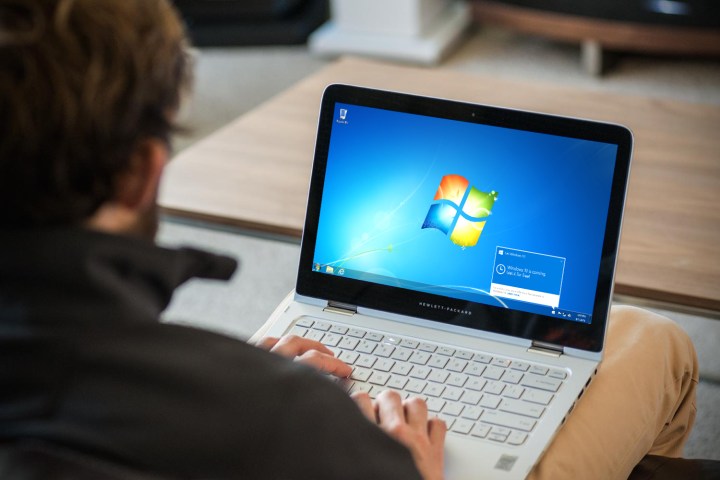
Microsoft has been working on both issues, and it’s rolled out some changes in the latest Windows Insider preview builds that will be coming to all Windows 10 users in the impending Creators Update. The company took to its blog today to provide some additional details on its efforts to improve privacy and make updates less intrusive.
First up is how Windows 10 is updated, a process that’s important to Microsoft’s goal of making Windows 10 the most secure operating system ever. By making updates mandatory and timely, the company can help make sure that security patches are applied and vulnerabilities resolved.
At the same time, forcing updates that interrupt user’s work and occur without their control causes frustration and potentially even data loss as applications aren’t always closed correctly when an update requires a reboot. That’s why Microsoft is implementing some changes in Creators Update to give users more control over when updates are applied.
In Microsoft’s own words, “[We are] excited to share that you will have considerably more flexibility when specifying the best time to install updates on your devices. We are also making other improvements to the update deployment experience in the Creators Update. For example, downloads will have less impact on device performance while they are in progress. You should experience fewer reboots, which will reduce the likelihood that an update will be installed at an inopportune time.

Specific changes include giving users the power to control exactly when updates occur, with a new dialog that allows users to pick a time when an update will restart a machine as well as a snooze function that will let the user pause the restart for up to three days. “Active Hours,” or the time window during which Windows 10 will install updates, is also being expanded. A new icon in the Windows Update Settings page will provide an at-a-glance indication of whether a machine is fully updated.

In terms of privacy, Microsoft already provided the details of some upcoming changes to how privacy settings are enabled and that provide more feedback and transparency regarding the data that Windows 10 transmits to the company. Today’s update provided some up-to-date screenshots of how those changes have progressed, and while the company may not please everyone with the changes, they’re arguably steps in the right direction.

Windows 10 Creators Update is expected to arrive in April 2017, and so there’s roughly a month remaining for Microsoft to polish things up. If you’re a Windows Insider, then you’re already familiar with what’s coming, of course. If not, then you don’t have too terribly long to wait to see what’s new.
Editors' Recommendations
- Scores of people are downgrading back to Windows 10
- The next big Windows 11 update has a new hardware requirement
- Surface Pro 10: all the major changes rumored for the new model
- Windows 11 vs. Windows 10: finally time to upgrade?
- Beware! The latest Windows 11 update might crash your PC


